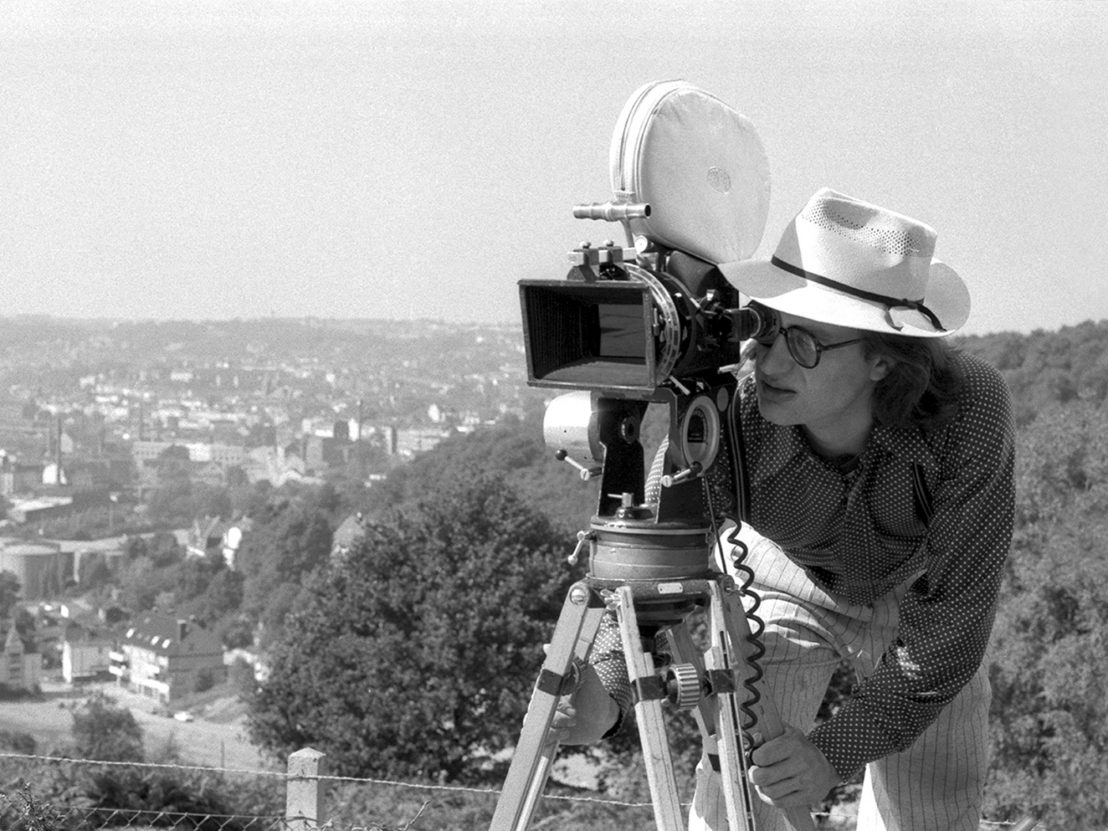
The German multi-hyphenate on how he’s future-proofing classics like Wings of Desire and Paris, Texas.
Wim Wenders is in London accompanying new restorations of a number of his classic movies, in collaboration with Curzon for a season called Kino Dreams. Although he still keeps his hand in as a director, photographer and painter, the German maestro who coined the modern conception of the “road movie” is spending a lot of time of late getting his hands dirty with the job of restoring his films to a set of various specific specifications.
In this conversation, we discuss his attempts to make Wings of Desire look like it did on the. gorgeous original camera negative, securing music rights for The Goalkeeper’s Fear of the Penalty Kick, and colour-correcting Paris, Texas – one of the greatest colour films ever made.
LWLies: We’re here to discuss this retrospective of your work in London. A lot of your films have been restored recently, and I’m interested to talk to you about that process. Wings of Desire in 4K is playing as part of the season, but Million Dollar Hotel is the most recent restoration, right?
Wenders: Million Dollar Hotel is newer. Wings of Desire we did five years ago. We’ve already been at it for 10 years now. All my films are now property of the Wim Wenders Foundation – they no longer belong to me. They belong to themselves. It was my desire that the films would no longer have somebody who owns them. Why is that? Because it sucks. Commercial ‘ownership’ of film sucks. Most owners of films want a profit. And some of these films are still showing – they have their own revenues. As with anything on celluloid, it fades, it deteriorates, and it needs to be transferred to digital, otherwise it’s dead and gone. And not only transferred, but actually restored with the view to replacing the original film negative, because in a few years, nobody’s going to be able to make a print from it any more. So if you digitise a film today, you create a new negative. A more permanent one.
And by that you mean a digital negative, rather than a new celluloid one?
A non-celluloid digital negative, so to speak. You create a new master. You can do damage to it. You can make the film look as good as it was on its first print; sometimes you can even make it look a little better. Digitising is a very responsible act.
Do you personally receive revenues from your films?
Not any more. The films create their revenues, and the revenues go back into the next restoration.
So it’s a kind of film cooperative?
The films are their own masters. And now we’ve enable 20 of them for their future. And we will do another ten or 20 as long as I’m alive, I hope. And then they belong to themselves and their fate is no longer connected to any one person. It’s a shame – anything that is on celluloid that has not been properly transferred to digital is more or less invisible. That’s one reason we created this foundation. Curzon are showing nine out of these in their season.
Where is the original negative of Wings of Desire right now?
It is still being stored in a cold and dry location made for preserving negatives. Because that negative is still a very worthy document. We keep the negative – the many negatives in this case. Wings of Desire was our most demanding restoration. Most of the film was shot on black-and-white negative by the master of black-and-white photography, Henri Alekan, who shot Jean Cocteau’s Beauty and the Beast and all that. I worked with him because of his mastery of black-and-white. But there were also colour elements in the film. In order to produce a print at the time, when the film came out in ’87, you could technically not produce a print with mixed black-and-white negative and colour negatives. So the entire print in the end had to be on a colour negative.
Were you happy with the results?
No, because on a colour negative, you cannot have real black-and-white. I mean, you can have something close to black-and-white, but it will also have a little red tint or sepia or whatever. It’s never true black-and-white. As I remember, the black-and-white rushes we saw looked gorgeous. And these rushes were first generation. Actually let’s say the camera negative is the first generation and the rushes are already the second generation. In order to do the film at the time – technically a film made from both colour and black-and-white negatives with special effects and god knows what else – we ended up with all prints shown in theatres – not only at the premiere, but from then on – that were the seventh generation. In between, there were six steps in order to get all the material together. And the seventh generation loses a lot of definition. And the black-and-white is no longer what the DoP intended it to be.
Restoring Wings of Desire led us back to the original camera negatives – both the black-and-white as the colour ones. So the film now looks as good as it never did. Because even if people didn’t know, the final film was a compromise. Henri Alekan, who did the colour correction himself, cursed every day that his beautiful black-and-white was gone and it was sepia or blue. We try to make the best of it, and when people saw the film they thought it was intentional – that it had these tinted elements. That was not intentional, just necessary. And now we have restored it from the original negative so it looks crisp and sharp and beautiful. And the black-and-white is as contrasted and as multifaceted and with a thousand shades between the white and black, as it was always intended.
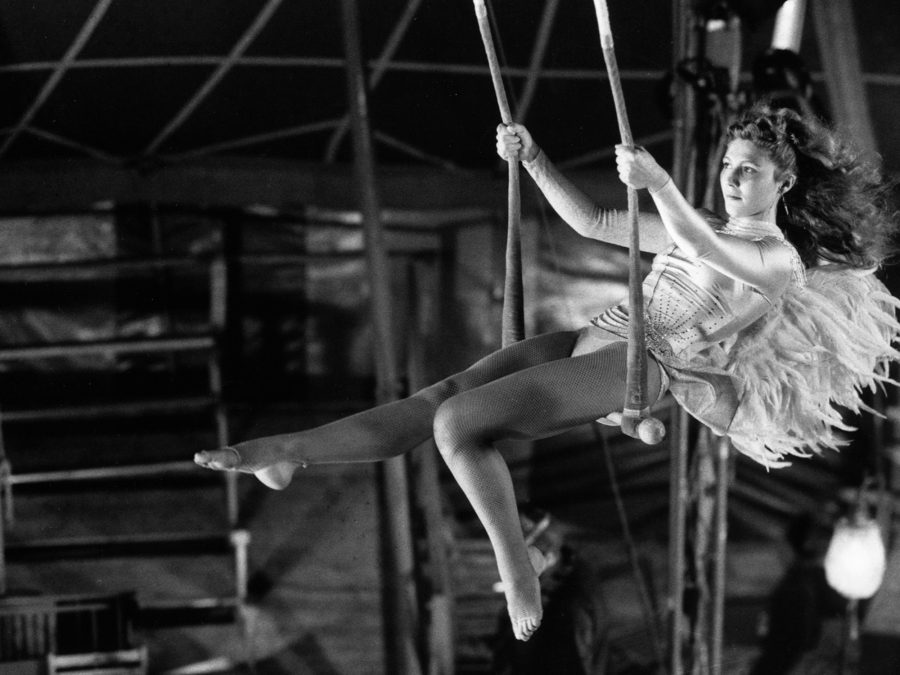
Is it a fallacy, then, to say that digital cannot properly process the colour black?
It all depends how well you scan your negative. If you scan it at the highest possible resolution, you can isolate and see every grain of the data. You see your film image even better than a print because you see it in the first generation, because the digitising of the negative is 100 per cent the image of the negative. Actually, it’d be hard to find a more beautiful black-and-white than the one that you can produce digitally today. Some camera manufacturers, like Array or Leica, have produced cameras that only record in black-and-white and use the entire optical sensor to collect only black-and-white information. And there you have the richest black-and-white that no film could ever capture except if you have huge negatives. What arrives on an uncalibrated monitor or computer screen is another story. But theatres should be able to present great black-and-white.
Do you play a personal role in the restoration process? Are you quite hands on with things?
I’ve been involved with each and every step. The most decisive step is colour correction. If you do a film on a negative, you go with your DoP into the lab. So you have the first attempt and that’s no good because the colours are all over the place. And then you try to make adjustments between every cut. Normally you do five, six, seven, maybe sometimes even eight prints until the DoP is happy with it. When you scan the original negative it is un-colour corrected. So you have to start the process that you once did with your DoP from scratch. And I think it’s really only an advantage that, as a director, you know the intention with which the film was made, and you remember your first colour correction, so I was supervising all of it. At the same time, we also restored the sound. Some of the films were still done on optical tracks, but we found and kept the original magnetic tracks. So we restored the sound, took off the noise and rumble – whatever they had picked up over the years, without ever interfering with the original mix. You try to stay true to the original.
When you restored The Goalkeeper’s Fear of the Penalty Kick, I understand that securing the music rights for that film was very tricky and expensive.
That movie was shot in 1970-’71. I was very young, quite naive, and wasn’t aware of that fact that the film wasn’t just coming out in cinemas in Germany. So I cleared music rights for German theatrical use for two or three years. We bought the rights for Elvis Presley, Van Morrison, Roy Orbison, Creedence Clearwater Revival, you name it. But the film would have a life in foreign countries. What did I know? I was happy to be able to make a movie with my favourite music. But the film ended up having a life in foreign countries. Which meant it really disappeared after a number of years because it was too expensive to clear the music rights for all territories. It would have cost more than the film itself. So, the Foundation faced that problem too, as the film couldn’t really be re-released. There was music in it that cost more than the entire restoration budget. So we boiled it down. We tried to buy some of the original music there was in it. We succeeded with some. We had great help and ‘the luck of the Irish’. Van Morrison’s ‘Gloria’ is in it. It was his biggest song. And we thought we could never pay for ‘Gloria’.
And that track is vital as it’s a call-back to dialogue at the beginning of the film.
I finally got in touch with Van Morrison himself. And he said, ‘You can have it – I give it to you. As long as your foundation pays whatever it costs for the lawyers to do the paperwork,’ which was not much. He practically gave it to me for free. But Elvis wasn’t alive to give me the rights, so Elvis was difficult. A lot of the music was too expensive. And they’re represented by agents who don’t give a shit if it’s a foundation or whatever. And they said, ‘No, you pay $20,000 or we don’t even pick up the phone.‘ In the end, for the music that could not be replaced, we didn’t have the means. And as we only had the mixed track where everything was mixed together – dialogue, music, atmospheres – we didn’t have any of the single tracks, we were in trouble.
So it was practically a lost cause because we couldn’t take the music out. And then we found somebody who said we can eliminate the music digitally, but it’s a long process, we have to take every tiny little bit of the soundtrack and ‘pain the music out,’ literally. But still there would be a distant rumble of it remaining, the rhythm of it could still be felt. So we had to recompose ‘soundalikes’ that had the same beat to the microsecond. We found composers and bands to actually take those timings and compose music and sing to it. We replaced four songs this way. Otherwise the film would have been dead.
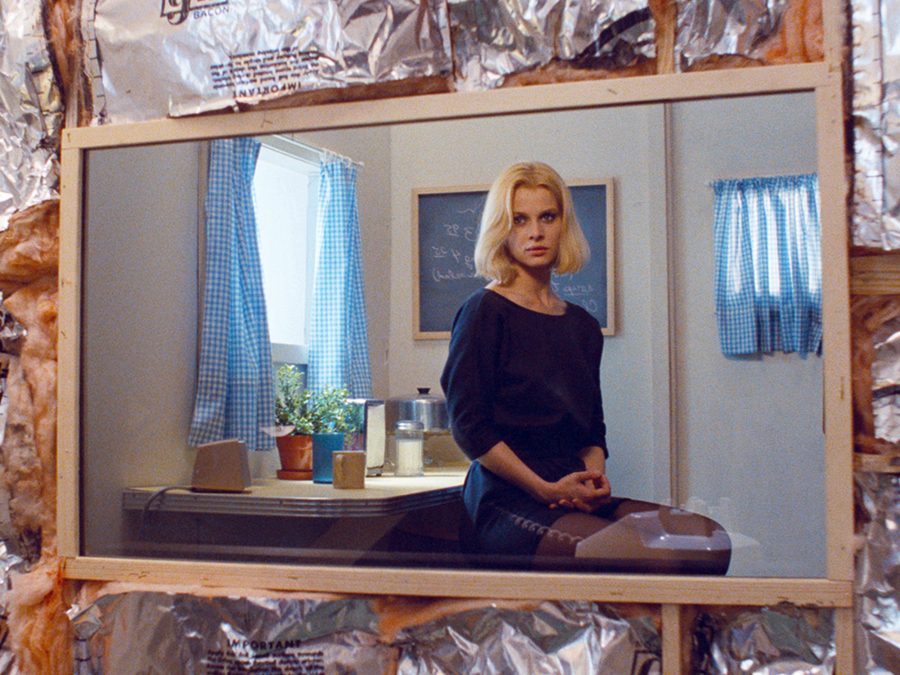
With Paris, Texas, it must have been an extremely difficult film to colour correct. How did you manage to capture all those fluorescents and the low-light sequences?
It was the big challenge. The challenge of Paris, Texas was to find that Kodachrome feel again. It all goes back to the light of the American west, the brightest, most primary-coloured skies on Earth. So Robby Müller, the DoP at the time, did amazing work to remain true to that light, contrasting it with some dawn or dusk light, and using fluorescents that had this kind of poisonous green/yellow touch to it… He loved that combination.
Those bits of the image where the fluorescent greens fade into the black of night look particularly amazing.
It was very precious. In the history of cinema, whenever you use neon or fluorescent light, it tends to be corrected out because it was considered a flaw. And at the time, when we colour corrected it on film, we kept that greenish fluorescent light in, even when the colourist said, ‘You’re crazy, guys, we have to take out that green – it’s horrifying.’
What do you mean by “take out”?
Filtering it out. But we kept it in. Part of the look of Paris, Texas was that Robby dared to keep this fluorescent light – with all its poisonous impact – in the shots. In the West, there’s a lot of neon, and that neon set against the open skies is really mind-blowing. And it’s hard to capture it on film. And hard to print it too. On the digital restoration, we wanted to get back to Robby’s original colours. And when Robby saw the film – because he was very sick at the time we completed it – he had tears in his eyes. So we realised it was good. He couldn’t really speak anymore. And again, it was all done from the original negative that ran through the camera, because there were lots of prints done so more of the prints were from duplicate negatives. And not many prints were done from the original negative except for the festival prints. So we went back to the original negative that ran through the camera and scanned that and it really paid off. We found the original colours again.
Wong Kar-wai had his films restored recently. And he changed the colours and added colours that weren’t there originally. And he talked about how this is actually how he wanted it to be originally but couldn’t achieve it. What do you feel about that?
I think it’s totally fair if the original creator does it. And if he tried to achieve something at the time that technically wasn’t possible. I think Wong Kar-wai has all the right in the world to create the film that he would have liked to do at that time. And it could very well have been that the labs in China in the ’90s couldn’t achieve what he wanted. But then again, there is a danger that you can do too much and that you can falsify the film. In the case of Wings of Desire, I felt I had the liberty because I know how unhappy Henri was with the fact that he had to work from the seventh generation print and how happy he was when he saw his original rushes. You have a certain liberty if you can go back to the original intention. But the temptation, digitally, is that you can overdo it and you stray into ethically dangerous territory.
Are you comfortable with other people restoring your work?
I know a lot of professionals and curators who would do a very good job with a classic for which DoP or director are no longer available. I’m more comfortable with doing it myself. I know that the digital master will be good enough for a long, long time. And it will be the source for whatever is invented in the future to show movies with. Already with streaming, it ends up in people’s homes, and who knows what’s coming out of uncalibrated monitors or beamers. The quality that the streamers give is relative to that. They can guarantee the signal, but they cannot guarantee what people are actually seeing. In a cinema, it’s unfortunately not much better…
How so?
I travel for a while with all my movies when they came out, and in every theatre – even with digital projection – it’s different. I remember we showed Pina, and that was the first of my films that was distributed in digital 3D, and I saw it in about 50 cinemas, and none of them was alike.
Was any one right?
You’d think there was a code or a norm. No. There’s not. They’re all different. Different technical systems when it comes to projecting 3D. In the end, I lost all belief that digital was something that was in any way less stable than analogue. We found out that most cinemas do not run their projectors at 100 per cent light capacity. And some not even 80 per cent. And it goes as low as 50 per cent. And this relates to the light they could throw on the screen. The more light, the more beautiful the projection.
But this all relates to how long the lamps in the projectors last. They’d rather have their lamps last five years more than showing films at 100 per cent. Unfortunately. I’ve seen Pina in a cinema where the whole film looked like it was shot day for night. That said, it was the same before with analogue. Light sources varied. Now there are laser projectors, and you can’t fuck with those. The nature of the laser light has a certain condition. If you ever notice a cinema has laser projectors, go and see the movie there.
Find more details on Curzon’s Wim Wenders: Kino Dreams season at curzon.com
Little White Lies is committed to championing great movies and the talented people who make them.
Published 27 Jun 2022
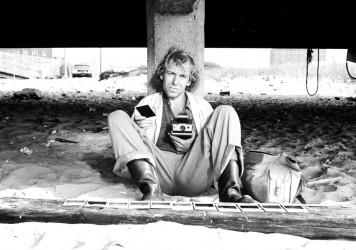
How Wim Wenders’ 1970s Road Movie Trilogy captured the romantic lure of American culture.
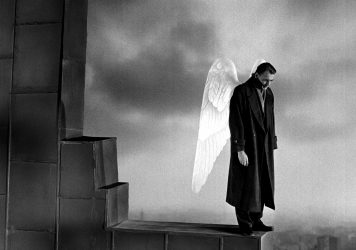
Wim Wenders’ 1987 masterpiece is a uniquely life-affirming reflection on human experience.

By Tim Cooke
Encounters at the End of the World features one of the great existential moments in modern cinema.